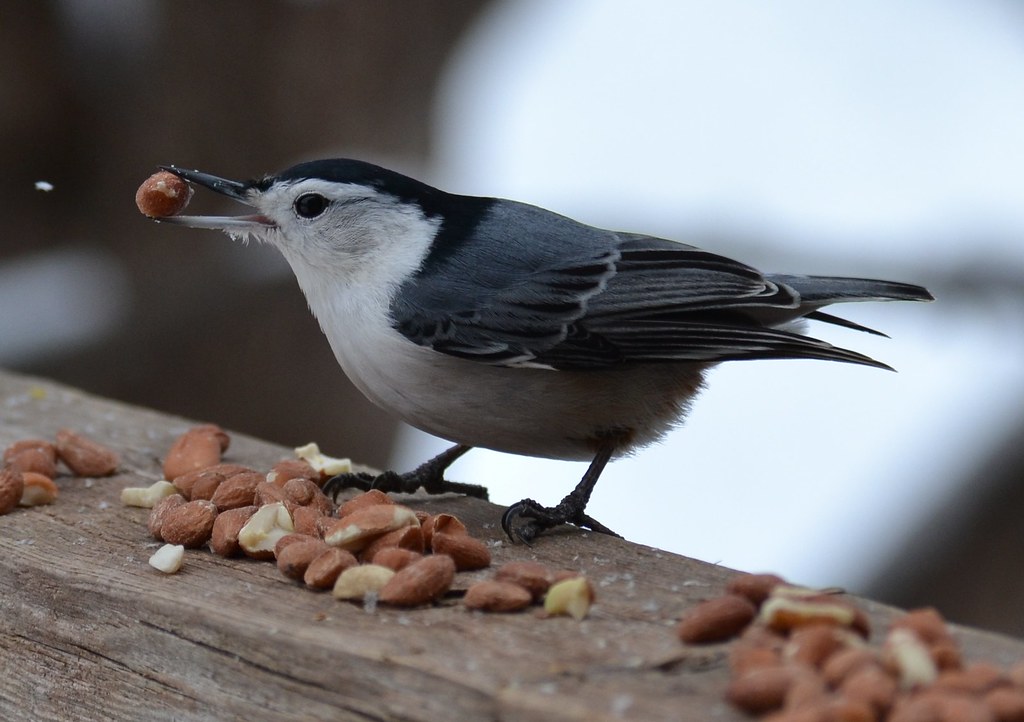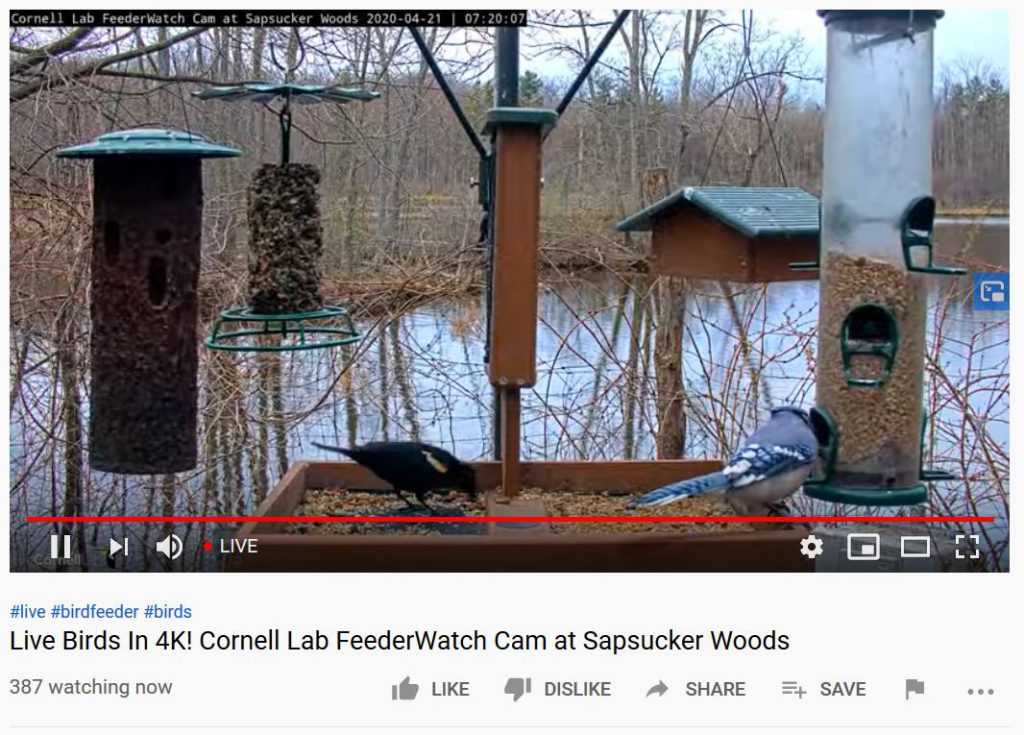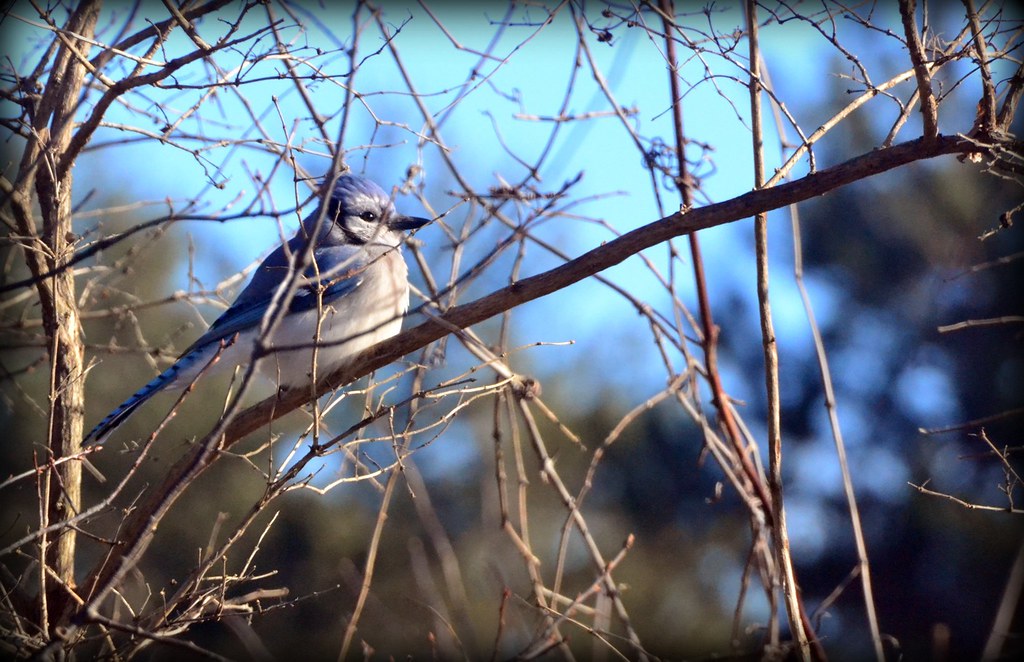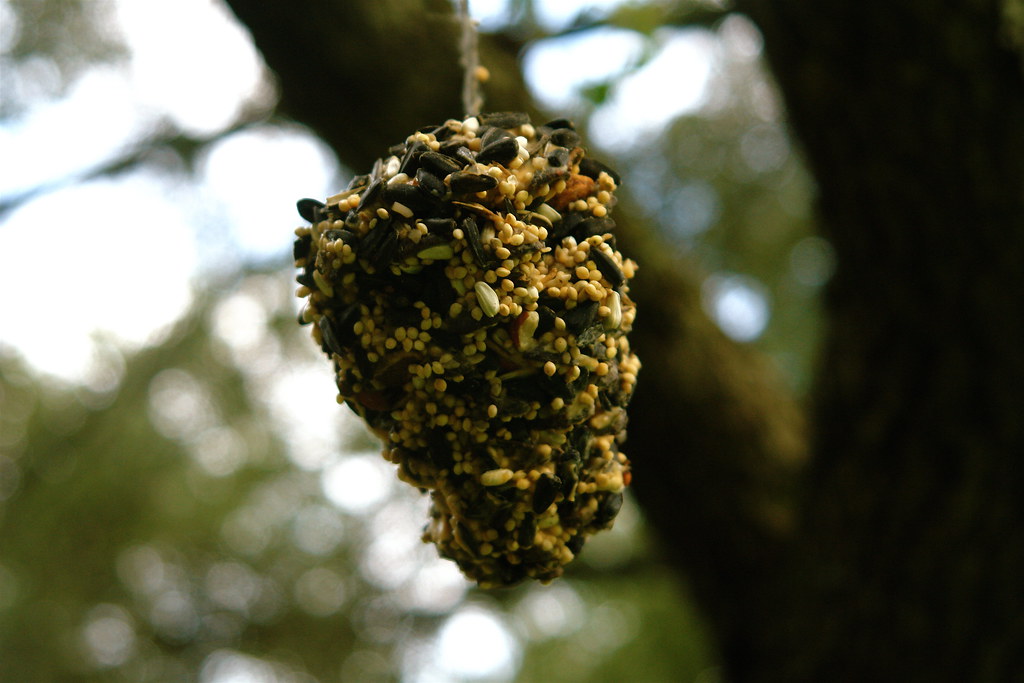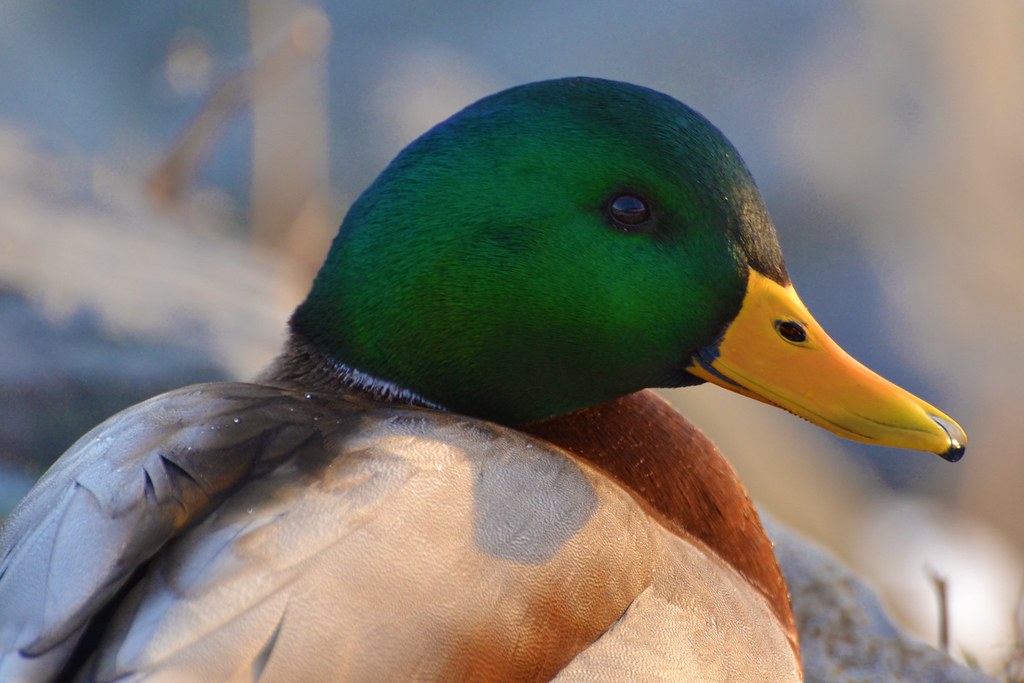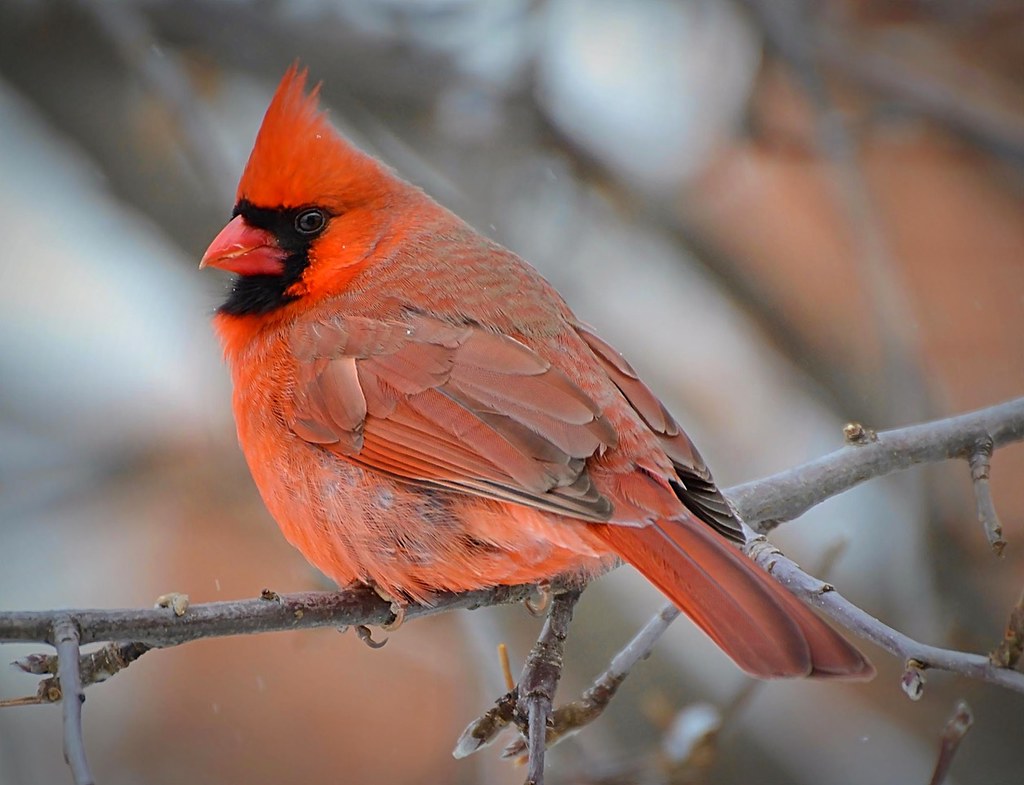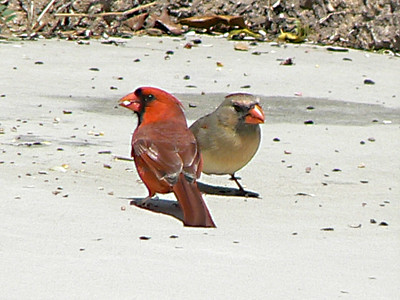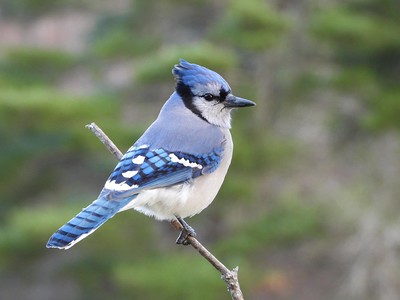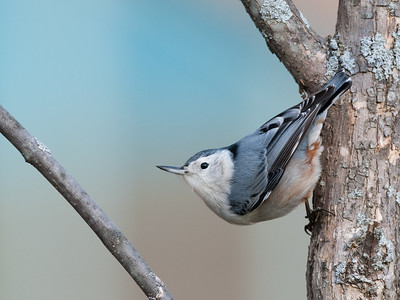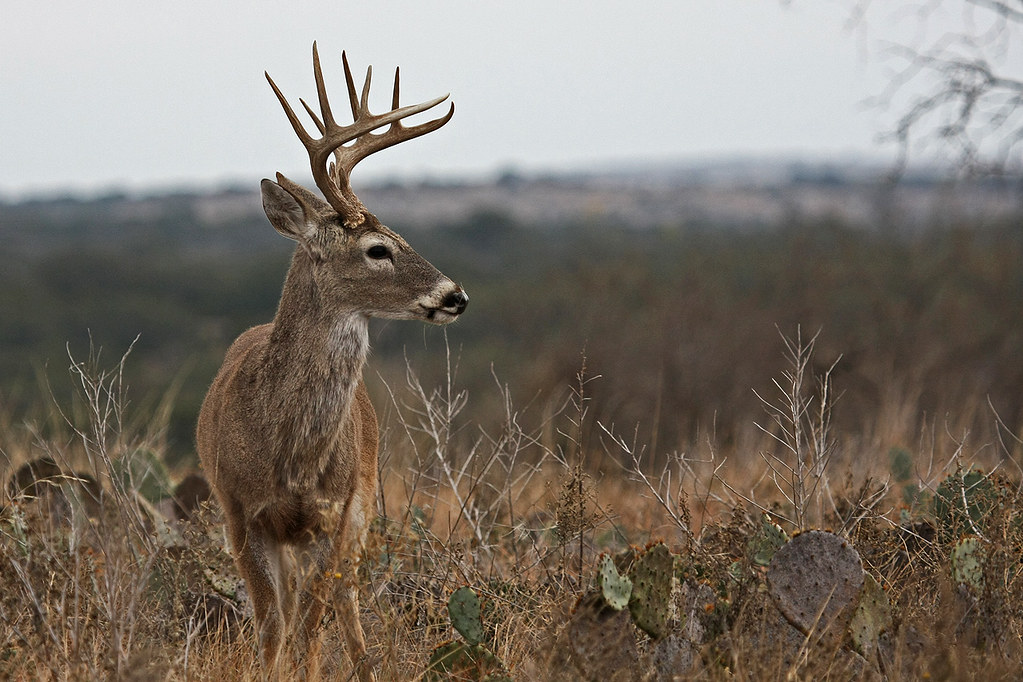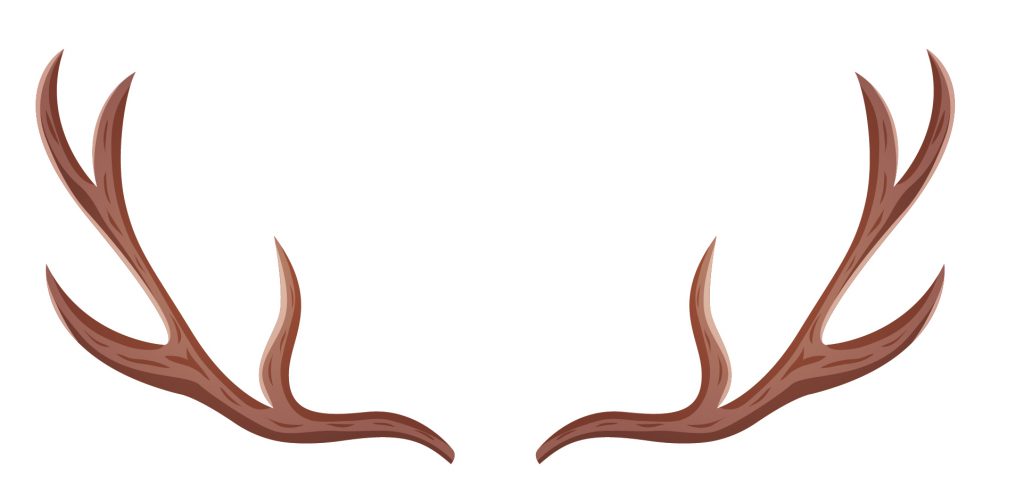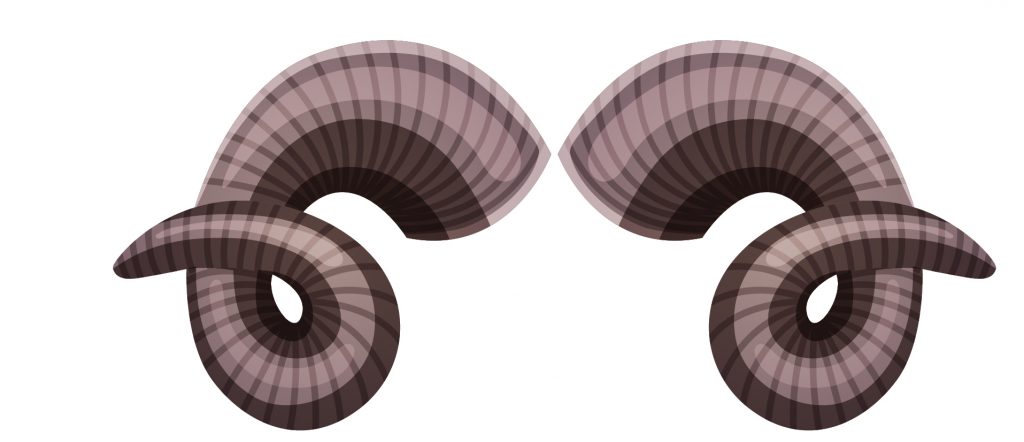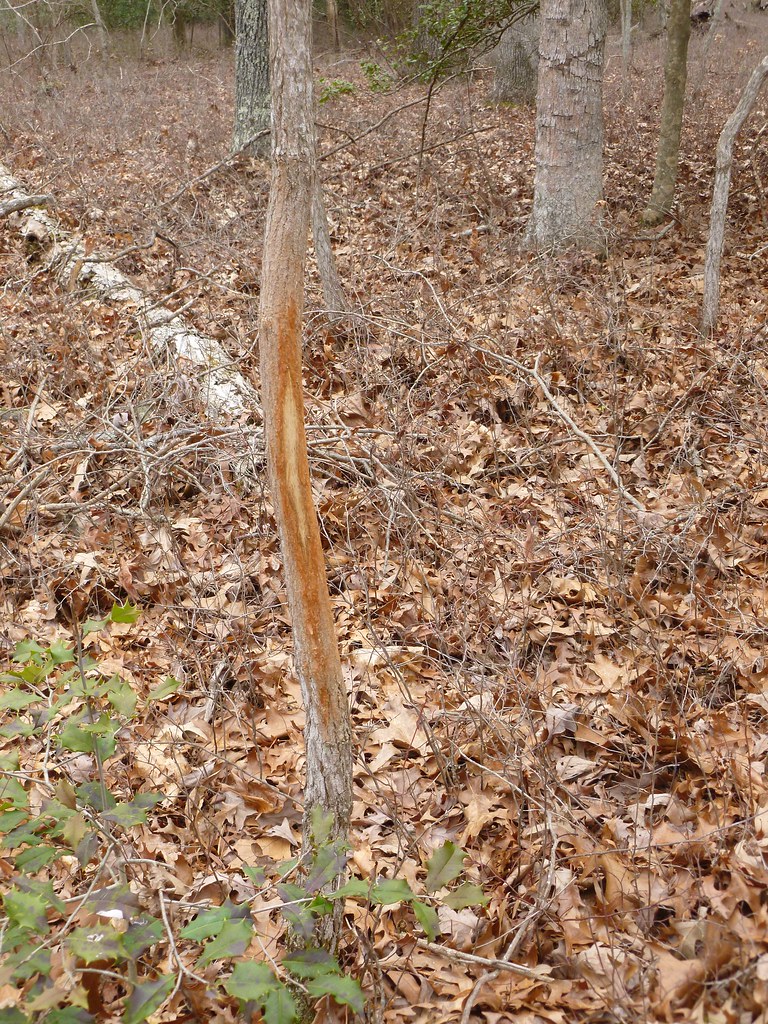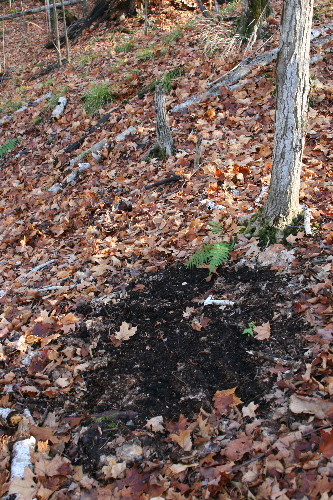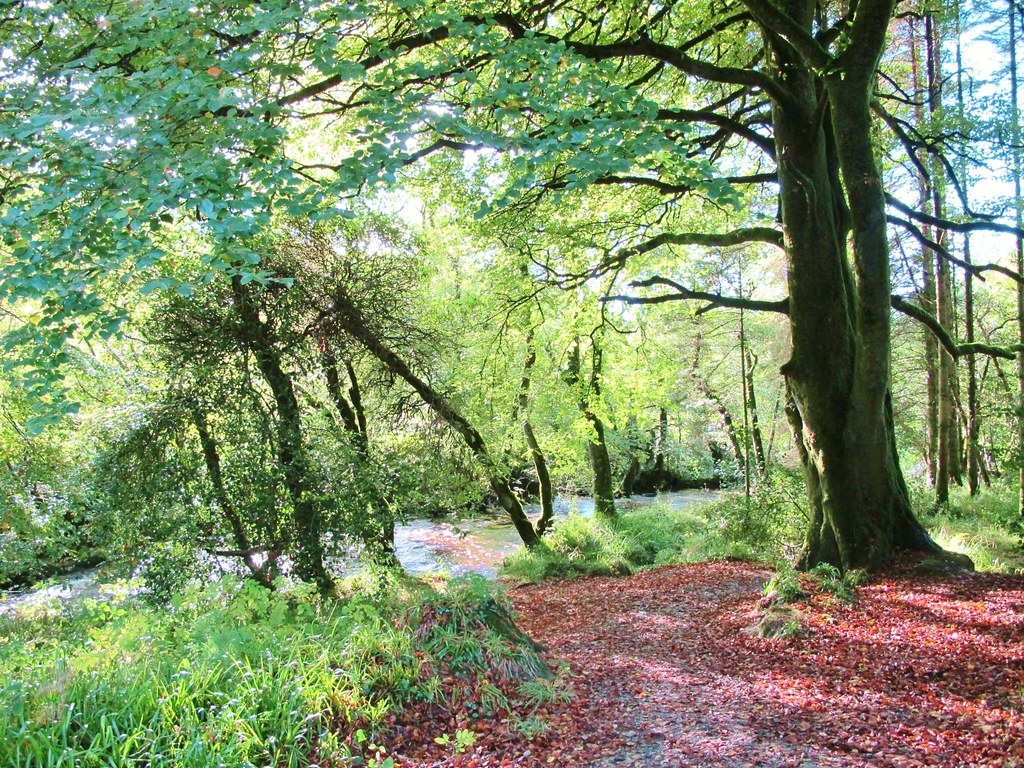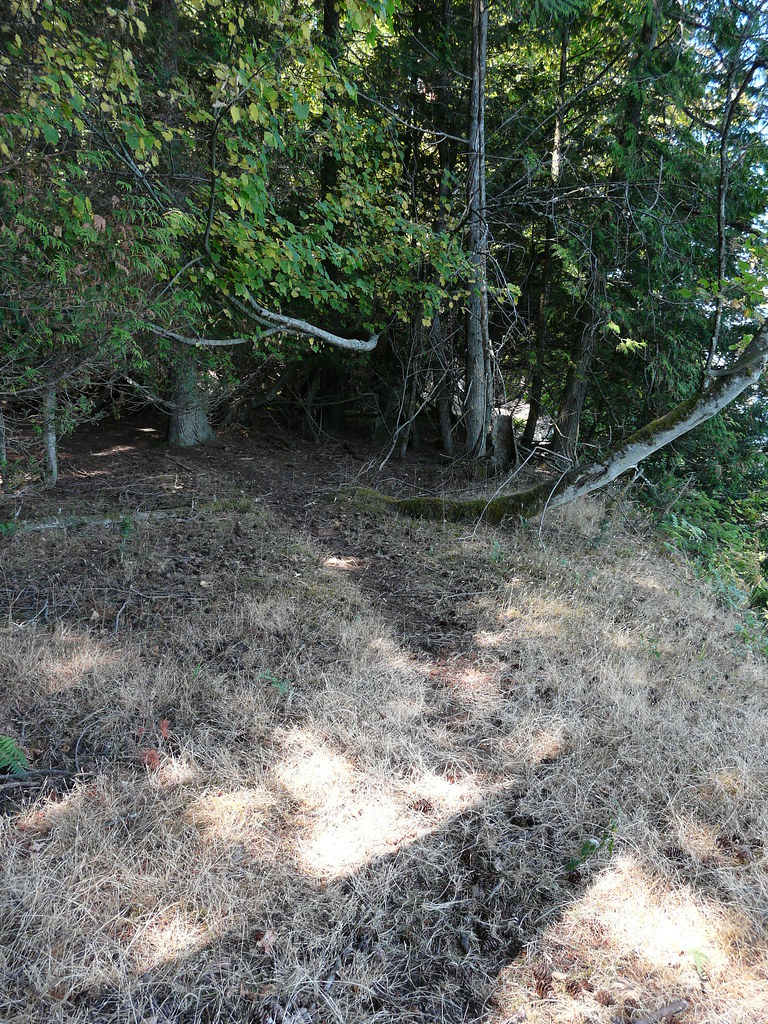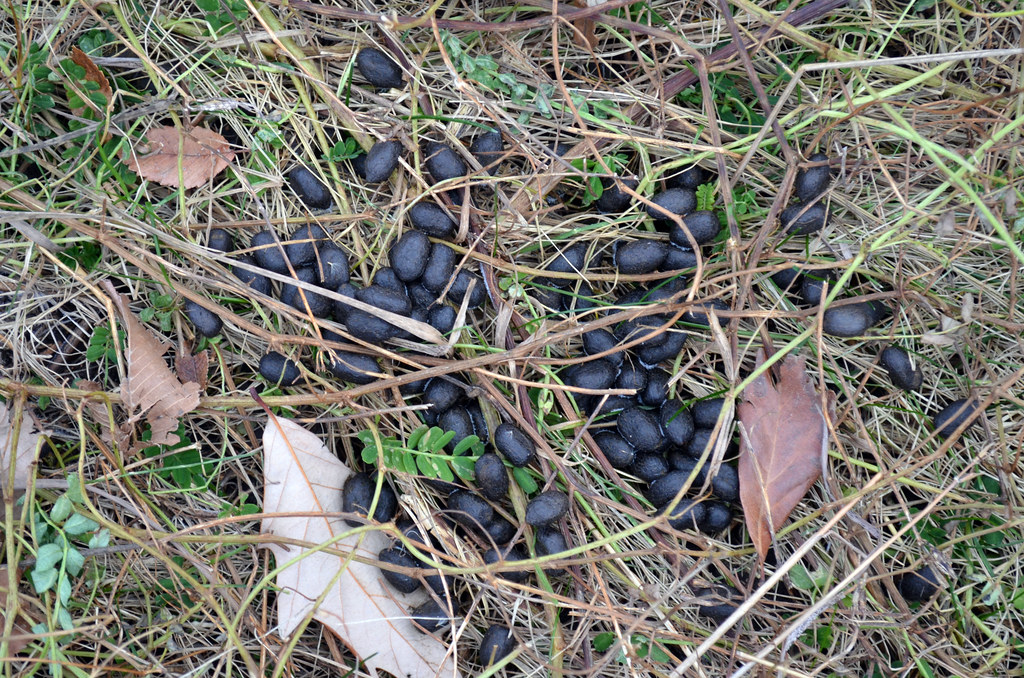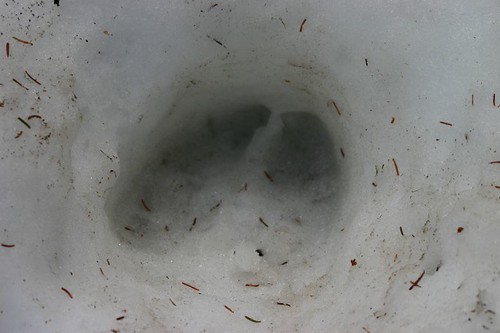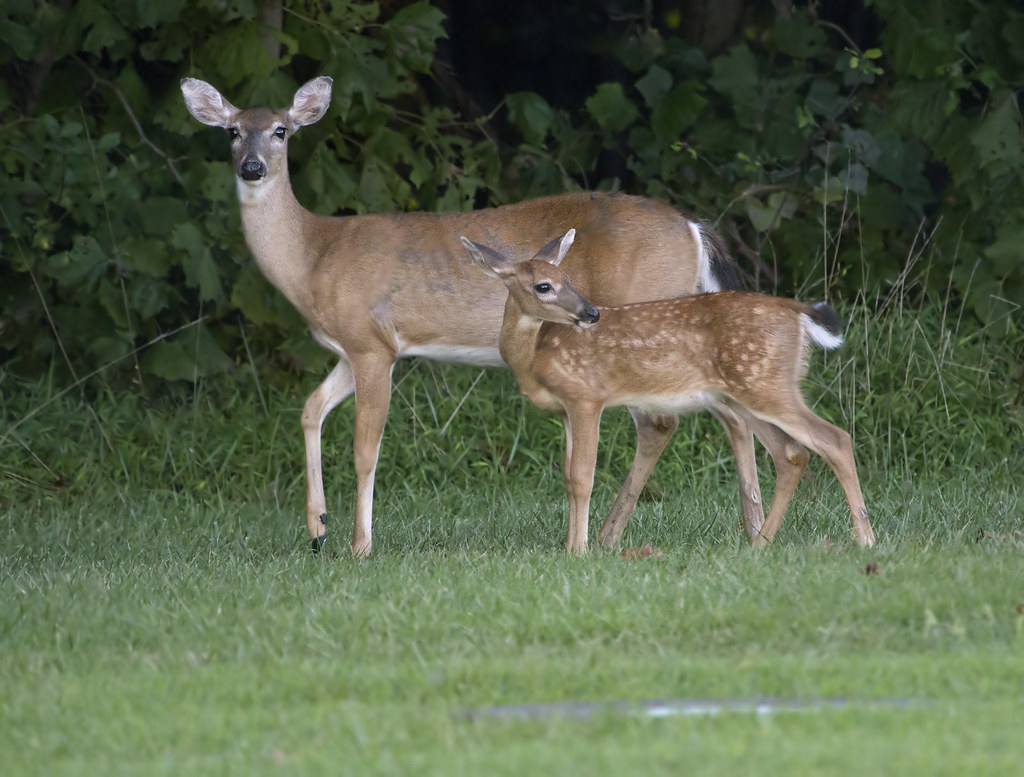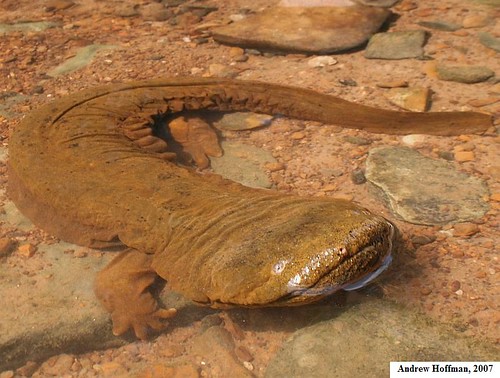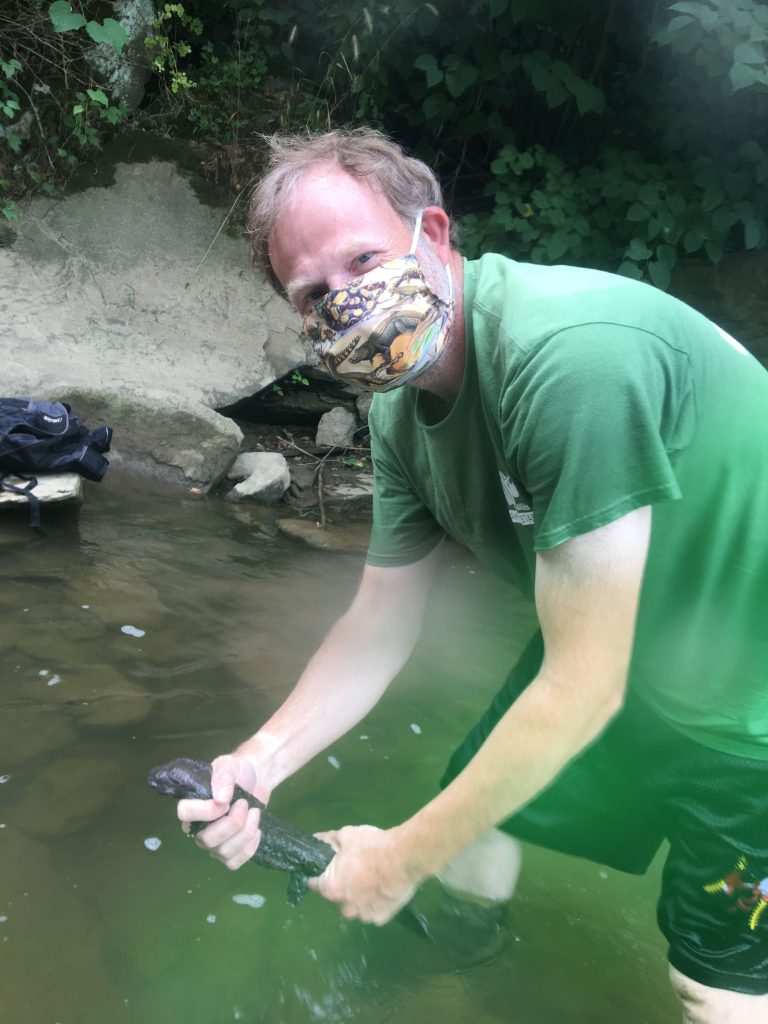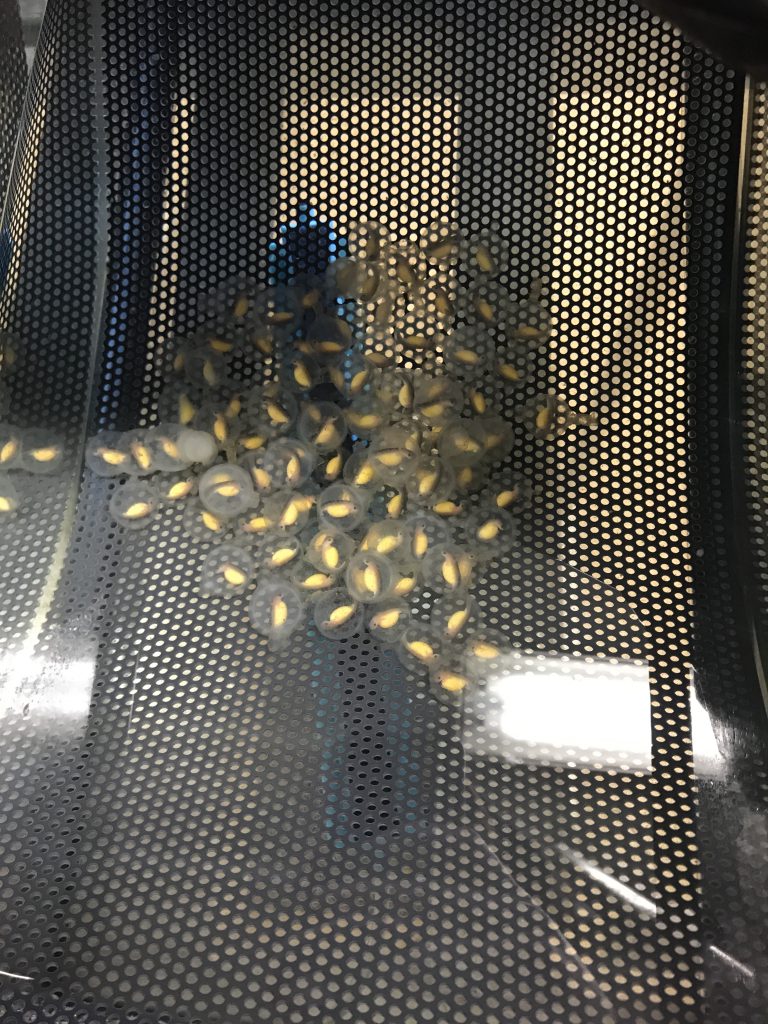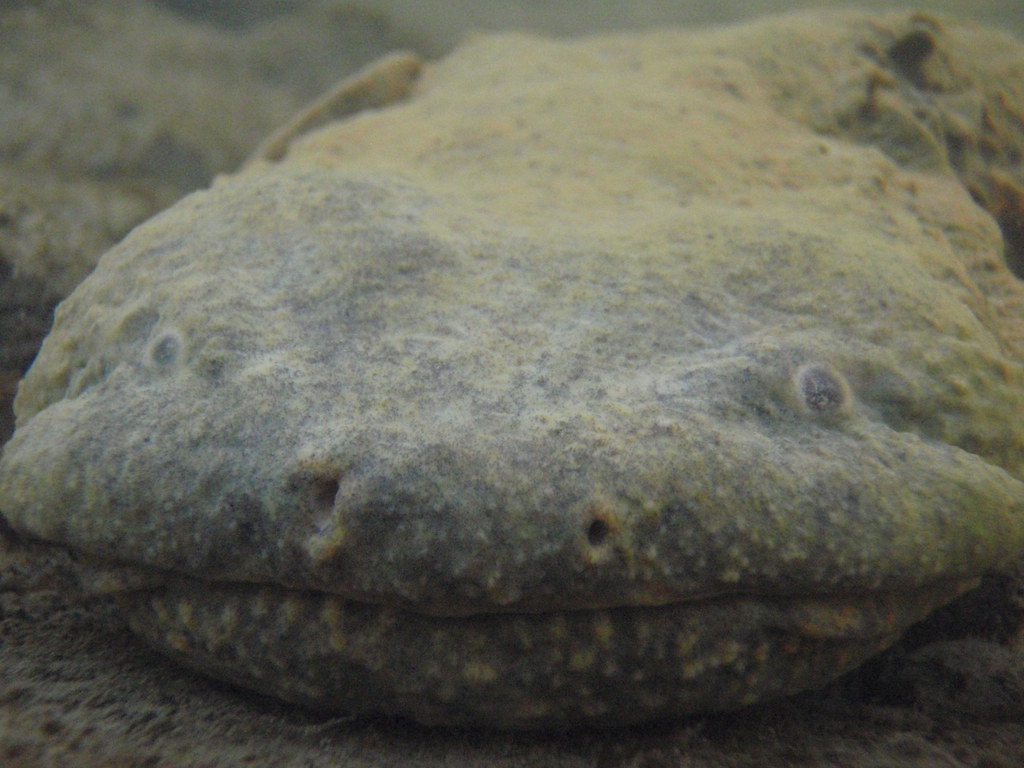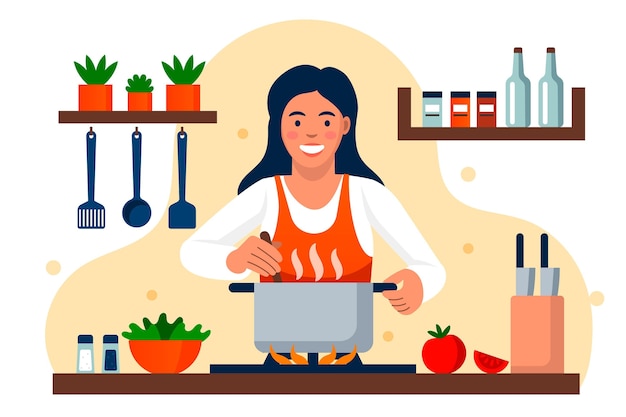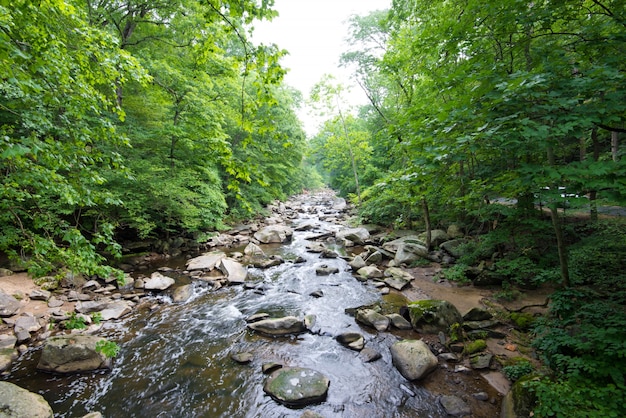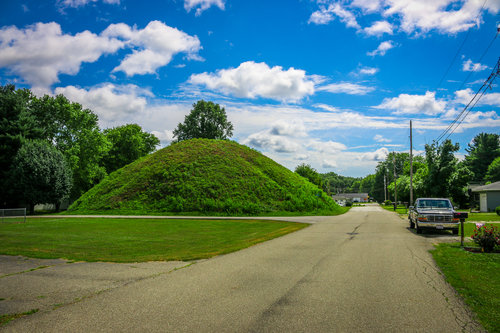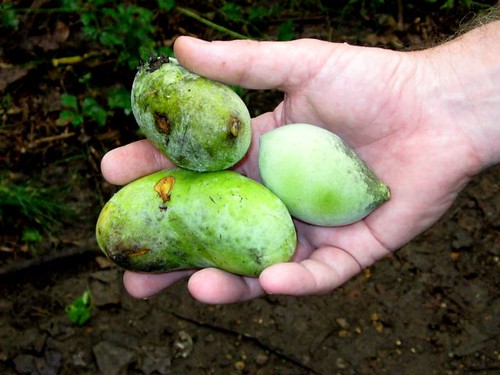Do you ever notice a feeling of well-being after you do certain things? If so, these activities might be part of your “self-care.” Self-care might look like:
- running and playing so your body feels healthy,
- sleeping enough so you feel rested instead of grumpy,
- or calling a friend when you feel lonely.
Self-care helps us manage stress. It’s especially important times like now, when we are out of our normal routines of going to school or work, seeing friends and family, and socializing.

So can nature time be a way to take care of ourselves? We think so!
According to Herb Broda, PhD and well-known professor and author at Ashland University,
“Going outside is vital to our health.”
A mounting body of research agrees that spending time outside is essential for everyone’s mental, physical, and social health—children and adults alike.
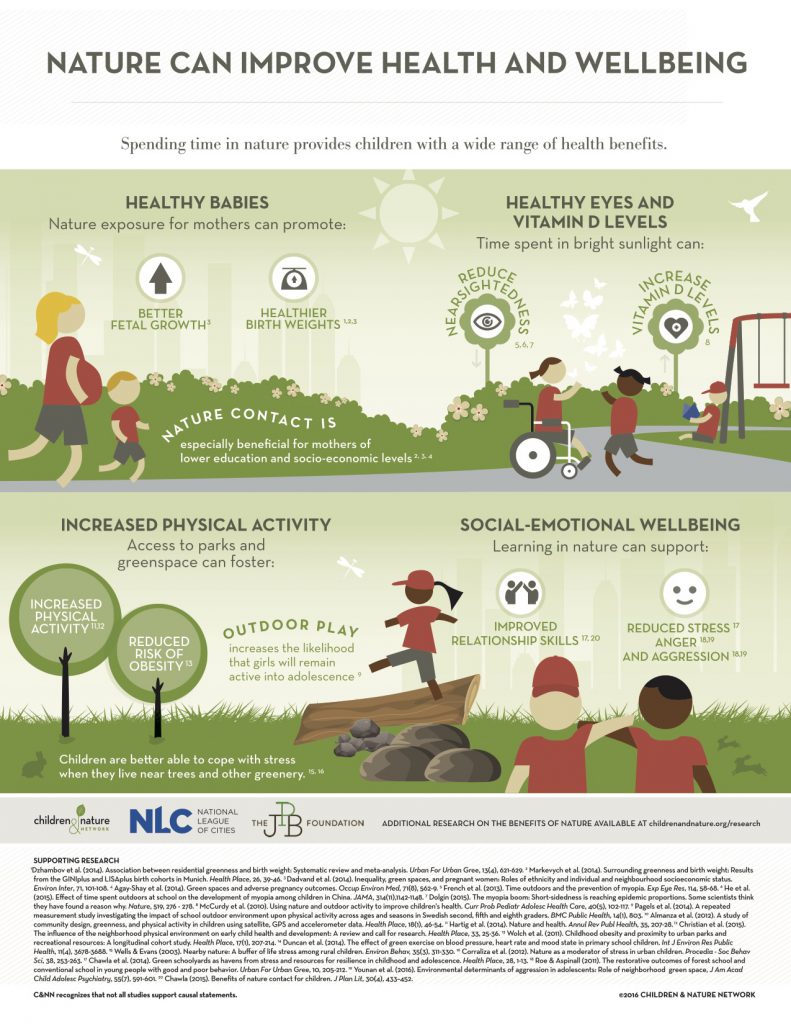
For more research on how nature makes you smarter, stronger, happier and more productive, visit this National Park Service page.
How is nature a form of self-care for you?
Five of our environmental educators share how nature plays a role in their self-care routines. Then, they suggest some of their favorite parks and trails to visit. Read on!
JOE
Becoming more tree-like

One of the most valuable characteristics of the natural world for me is that it is both consistent and surprising. For example, when I was in high school I would wander through a nearby forest to get away from everything else. I would sit with my back to a white oak tree high up on a bluff overlooking the river and think quietly. The trees and the river were always there for me, but they were also never the same.
Every visit to that place was a little different, but the feeling of being there was much the same. Some pleasant side effects for these walks included exercise, breathing fresh air, beginning a lifelong study of the natural world, and becoming a little bit more tree-like and river-like.
MIA
Using all five senses

For me, taking a walk outside in nature, whether it is on the bike path or hiking in the great outdoors, is like hitting the reset button. I immediately feel an increased awareness and connectedness to the natural world and more present in my own body.
When I am walking, I try to pay attention to my five senses: sight, smell, taste, sound, and touch.
Sight: What can I see around me? What colors do I see? Are there plants, trees, or animals I can identify by sight? If you slow down long enough, you might even start to notice the smallest of creatures, like bugs!

Smell: Can I smell anything? On a recent hike in Sells Park I found a mushroom that smelled just like black licorice!
Taste: Are there any identifiable plants that I can safely taste? A couple of my favorites are sour grass, which I think tastes a lot like a sour candy, and spice bush.
Touch: Finally, what can I touch? I love any opportunity I get to feel something with my hands or feet. When it is safe and the opportunity presents itself, one of my favorite things to do is take my shoes off! Have you ever walked on a blanket of moss with your bare feet? It is incredibly soft!
EMILY
Nature journaling
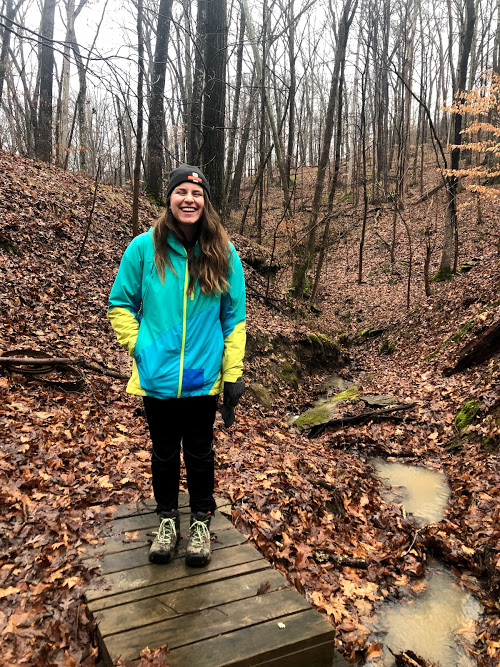
Short days and grey skies can get me down pretty easily. Staying inside on days that feel yucky out often makes me feel even worse! On these winter days when I am restless at home, I like to venture into nature with a notebook and pen in hand. I don’t always go far; sometimes I just walk to the end of my street to an open field by the Hocking River. Other days I trek into the woods.
When I get to a spot with a good place to sit (against the trunk of a tree, on a rock or a stump, in the grass), I’ll open up my notebook, grab my pen, and settle in.
I like to be a good observer of all the happenings of the natural world around me. If you focus closely, you’ll notice animals, insects, details and sounds you’ve never encountered before! I try to focus on nature by using four of my senses, one at a time. (Just like Mia described, though we’ll leave out taste for now to be safe. )
I start with closing my eyes while I sit still, paying extra attention to all that I can hear. I sit and listen for a minute. Then, I write in my notebook all that I heard in that minute:

I close my eyes again and move on to touch. What can I feel with my hands around me in one minute? Do I feel acorns? Sticks? Something soft that I can’t identify? Bugs moving? I open my eyes, and write down all I felt.

I do the same with smell and sight. I save sight for last, because ordinarily, I use my eyes so much that I can forget my other senses. I want to make sure I don’t miss out on cool parts of our world that I normally don’t catch with my eyes.

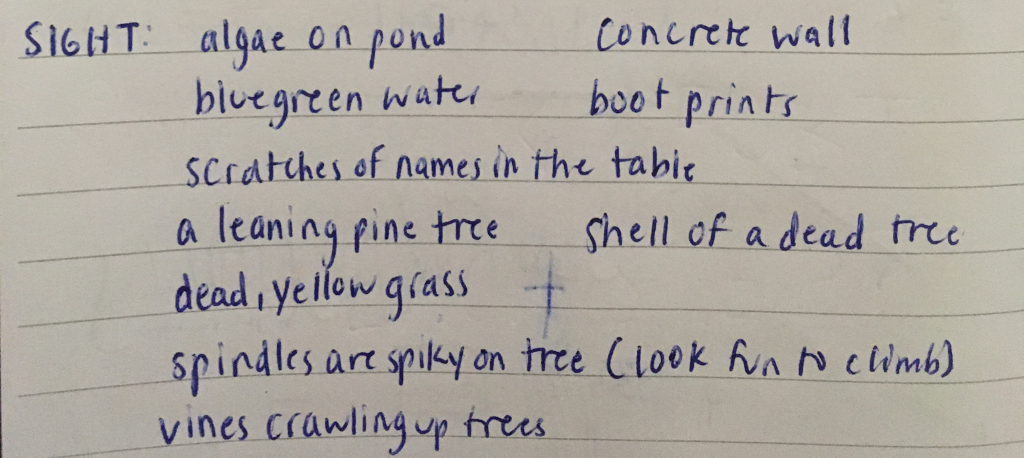
Observing nature closely feels like a game to me–how many new things can I discover each time I do this activity? I get giddy when I touch a new bug or hear a new bird call while sitting with my notebook. My notebook helps to keep track of all the amazing new things I have sensed!
But, I like to do one more thing before I put my notebook away: draw!
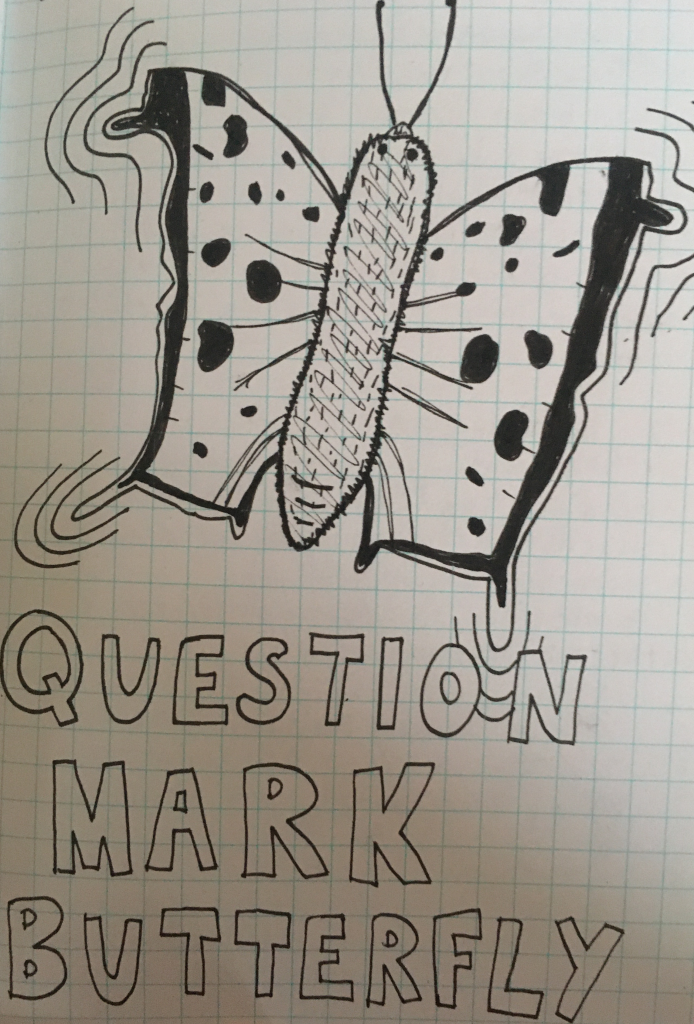
I pick one thing surrounding me and try to draw it. My notebook is full of drawings of tree bark, what I think the birds I heard look like, boulders, particular plants, and bugs! I don’t worry about how “good” I think the drawing is. Drawing anything is a better visual than a blank page, so pick something and doodle away!
I love to flip through my nature notebook and remember all the neat things I experienced despite the dark, cold winter days. I hope collecting your observations outside in a nature notebook will help you keep the winter blues at bay!
MADISON
Running and playing with mud
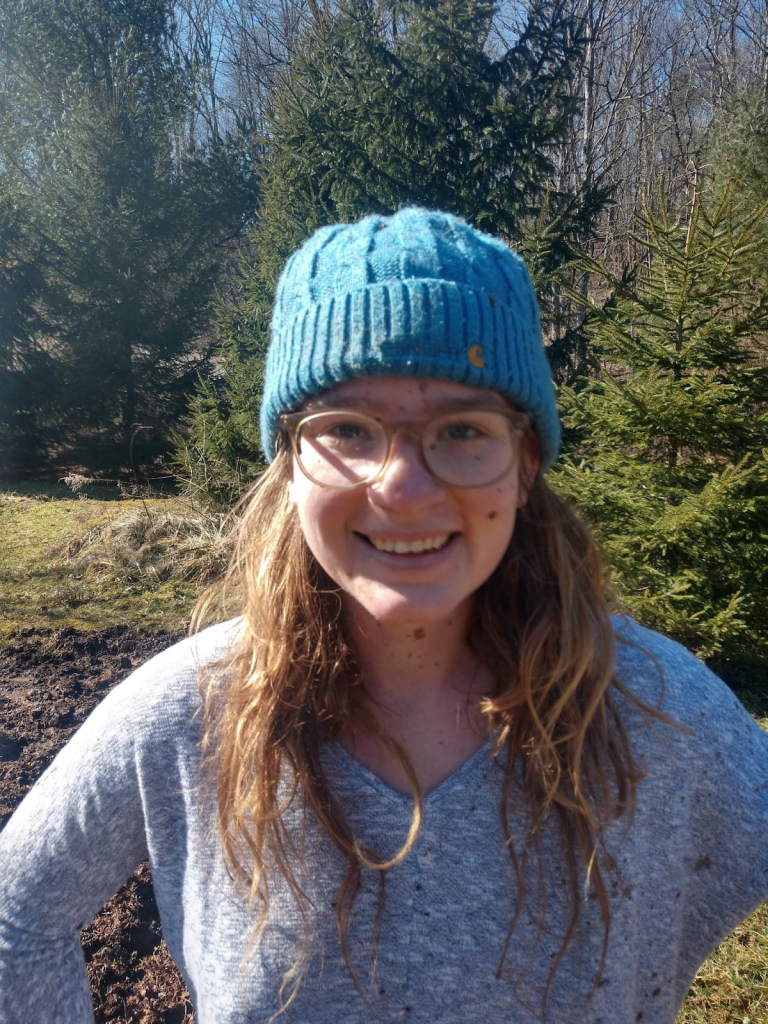
Running through the woods is one way I like to play outside!
When I run through the forest I have to be very aware of where I’m stepping and what’s ahead of me. Running forces me to only think about what I’m doing at that moment, not worrying about the past or future.
Another reason I like to run through the woods
, or trail run as some people call it, is because it doesn’t require much. The only thing I need is a comfortable pair of shoes. I can go as fast and as far as I want and I can stop to take a break whenever I want! Trail running is a great way for me to clear my head and be present. As a bonus , I get to get covered in mud!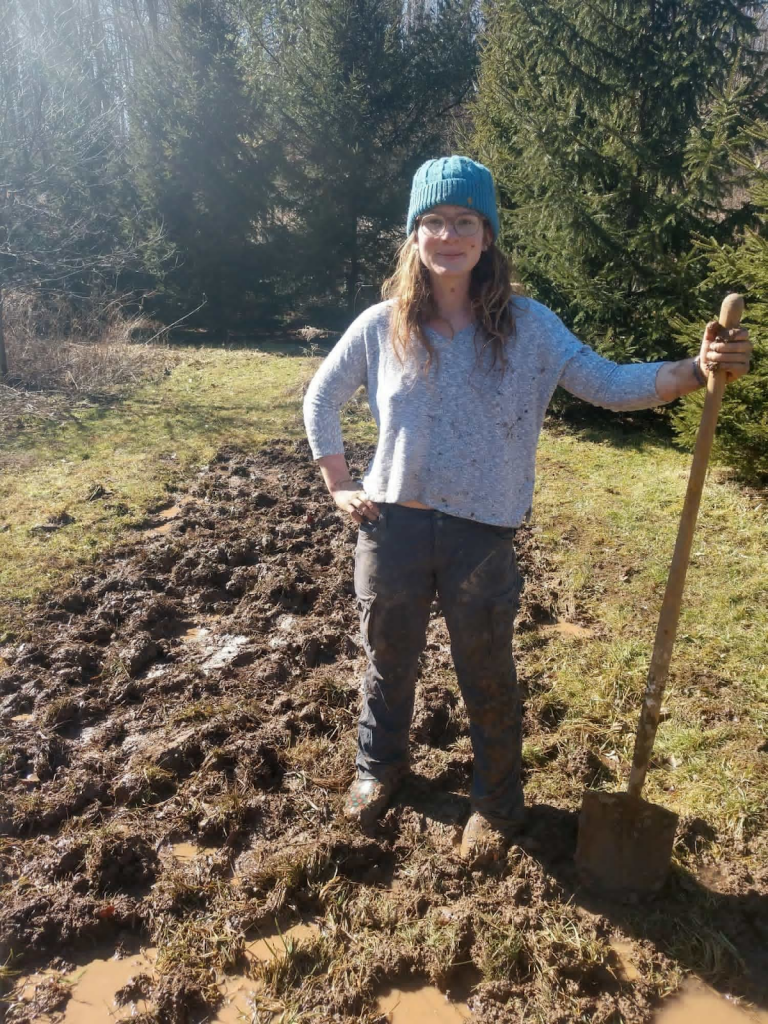
Speaking of mud, whenever I have a chance to touch the earth, I feel happier and rejuvenated. And I’m not the only one. So many other people felt the same way that scientists decided to study why playing in the dirt makes us feel happy.
What they found was a living thing in dirt called Mycobacterium vaccae, a soil microbe. When we dig into the soil, we kick up these microbes and breath them in. They seep into our skin. Once we are exposed to the microbes, they work in our brains to make us happy and relaxed. When I garden is usually when I am happiest!
Mud Kitchen
Mud Kitchen is one of mine and my friends’ favorite activities. We were found some old pots, pans, buckets, and utensils to use outside. We make all sorts of recipes out of dirt, water, leaves, and whatever else we can find. I think one reason why Mud Kitchen is so fun is because there is no single way to play. We can use our imaginations to come up with endless ways to play.
Darcy
No weather is bad weather!

Sometimes, people think we have to stay inside when the weather is cold or wet. I used to think so too–after all, it’s hard to have fun when you’re uncomfortable.
But then…I got rain pants. With not only a rain coat, but also rain pants and rubber boots, I could run through a downpour and be perfectly dry!
Suddenly, going out in the rain was even more fun than going out in the sun. I could walk through anything! I was undefeatable!
Now I agree with a friend who told me, “There is no such thing as bad weather, only bad clothing.”
Tips for staying warm outside in winter:
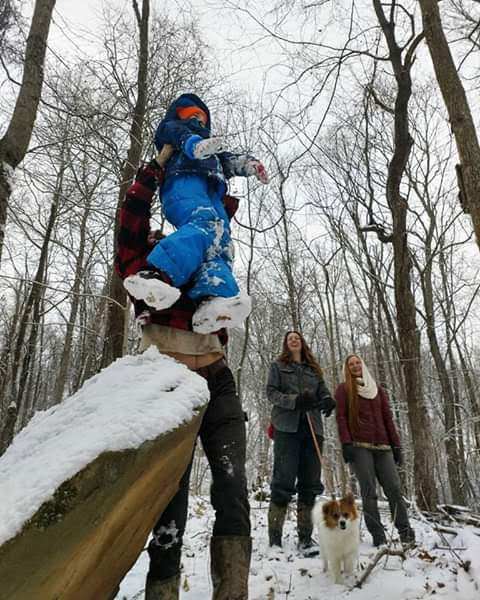
- Wear several warm layers. Air gets trapped between layers to keep you warmer. So two layered shirts might be warmer than just one heavier shirt. My clothes have at least three layers:
- Inside layer: Long underwear or ordinary shirts close to my body.
- Middle warm layer: Something warm and puffy, like a sweater or fleece.
- Outside protective layer: a heavy coat, rain jacket, or shell to keep out wind and rain, and add warmth.
- Don’t wear cotton next to your skin–wear wool or synthetic fabric instead. Cotton gets damp from your sweat, then actually makes you colder! But wool and synthetics stay warm even if you sweat. Wool socks can make boots more comfy.
- Wear mittens instead of gloves. Keeping your fingers together helps them warm each other up. If you are able to, replace those little knit cotton gloves with heavier mittens–as soon as cotton get wet, they stop working so well.
- Bring a thermos of a warm drink. Heat yourself up from the inside, and you can stay outside longer!
- Run and play! The best way to warm up is to MOVE! If you start to get cold, it’s time to start a game or hike somewhere new.
- If you’re still cold–where can you add more layers? Did you forget a scarf, or not wear any long underwear under your jeans? Do you have a coat but no snow pants over your legs?
For more ideas on enjoying Ohio’s parks in winter, visit:
Places to Explore…
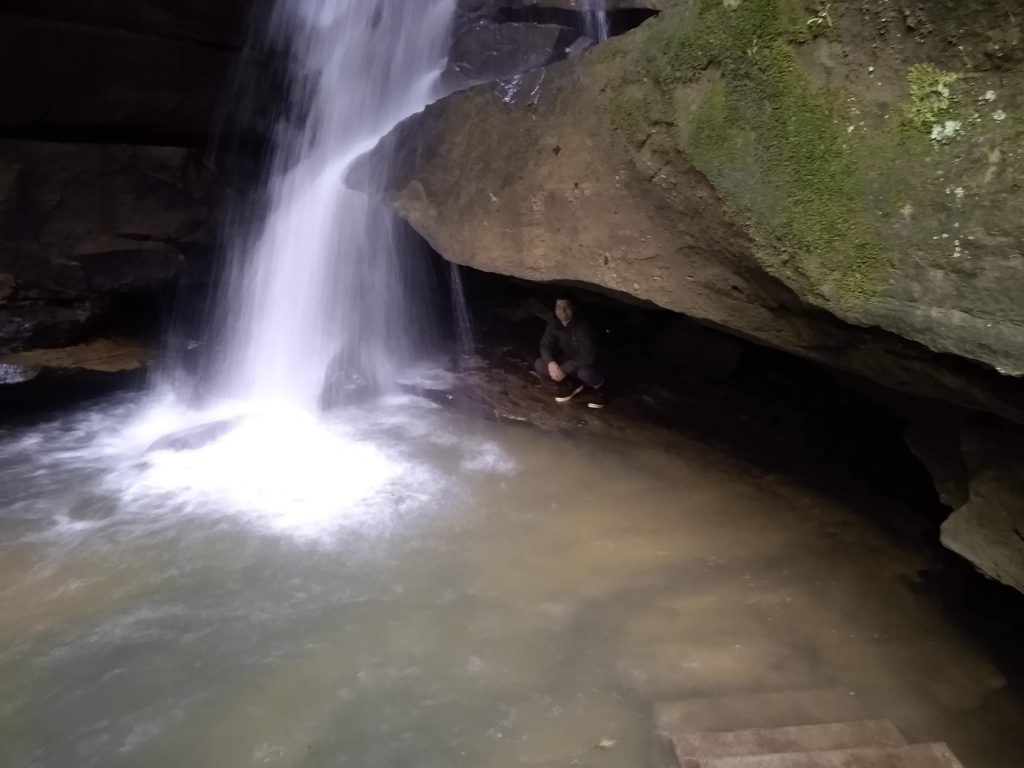
Here are some of the Environmental Education team’s favorite places in Athens County to get into nature! If you have the chance, try visiting a new place.
- Trimble Township Community Forest -Joe Brehm
- Baker Nature Preserve and the Ora E. Anderson Trail -Darcy Higgins
- Hollow Point – Maggie Owens
- Wildcat Hollow – Emily Walter
- King’s Hollow – Sarah Haney
- Beaver Pond Trail – Mia Miller
Where is your favorite nature spot? Share your photos with us by leaving a comment!
Want more ideas for natural areas to visit? The Athens Conservancy has a great guide to outdoor areas. They also manage 11 nature preserves that are worth a visit.
